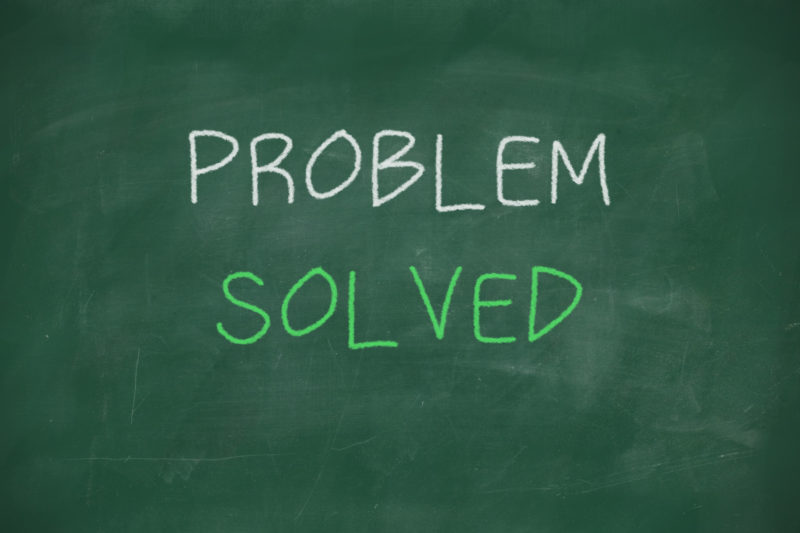Problem- or project-based learning (PBL) is an exciting 21st century teaching approach in which students engage in authentic (real-world) tasks while developing vital critical-thinking skills needed to thrive in college and careers. By engaging in just one well-designed PBL activity, students will develop skills in all Four Cs of the 21st century classroom.
You can use PBL in any grade or subject; you just need to be creative and know what interests your students! So, what does PBL look like and how can you implement it in your classroom?
Five Key Features for Implementing PBL
- PBL lessons are instructional units or projects that are designed around an authentic problem or question.
- Projects are conducted as investigations in which students plan, design, and conduct real-world research that includes asking questions, designing experiments, collecting and analyzing ideas, drawing conclusions, and making inferences.
- Students design a solution/product based on their research, investigations, and analyses, which reflects their understanding.
- Activities include collaboration between students.
- 21st-century PBL units incorporate technology that facilitates authentic investigations and deeper learning.
The Most Important Characteristics of PBL
Students are at the center of the learning process.
Students self-direct their own learning as they determine what they need to know to accomplish the task.
The project is central rather than peripheral to the curriculum.
Projects should address your curriculum objectives, not be an added activity that detracts from students meeting applicable standards.
Projects are broken down into manageable pieces.
Quality PBL takes multiple activities and days to complete, from one week to an entire semester or school year. It requires breaking the project down into separate activities that build student mastery as they design their solution/product.
The problem is meaningful to students.
The work should be relevant so students are interested in solving complex problems that impact their daily lives.
The project concludes with a product or solution.
This can take a variety of forms such as an oral presentation, written report, or creative multi-media product. The key is that students engage in an explanation of their learning and use evidence to support their conclusions.
Projects involve ongoing and multiple types of assessments.
With a project that lasts an extended period of time, varied formative (ungraded) assessments should occur regularly, so that students have consistent actionable feedback as they complete their project.
Instructional strategies are varied and support multiple learning styles.
PBL units are a great way to engage diverse learners and personalize learning through creative grouping, interesting problems/questions, and technology integration.
Digital technologies support and enhance student learning.
Technology and ICT tools should be integrated with a purpose. Use of computers, the Internet, software and hardware tools should extend student learning and help meet objectives.
To see examples of how teachers are using PBL in their classrooms, check out the below videos:
- Elementary School: Climate Change Challenge
- Middle School: Energy Savers
- High School: Redistricting Challenge






